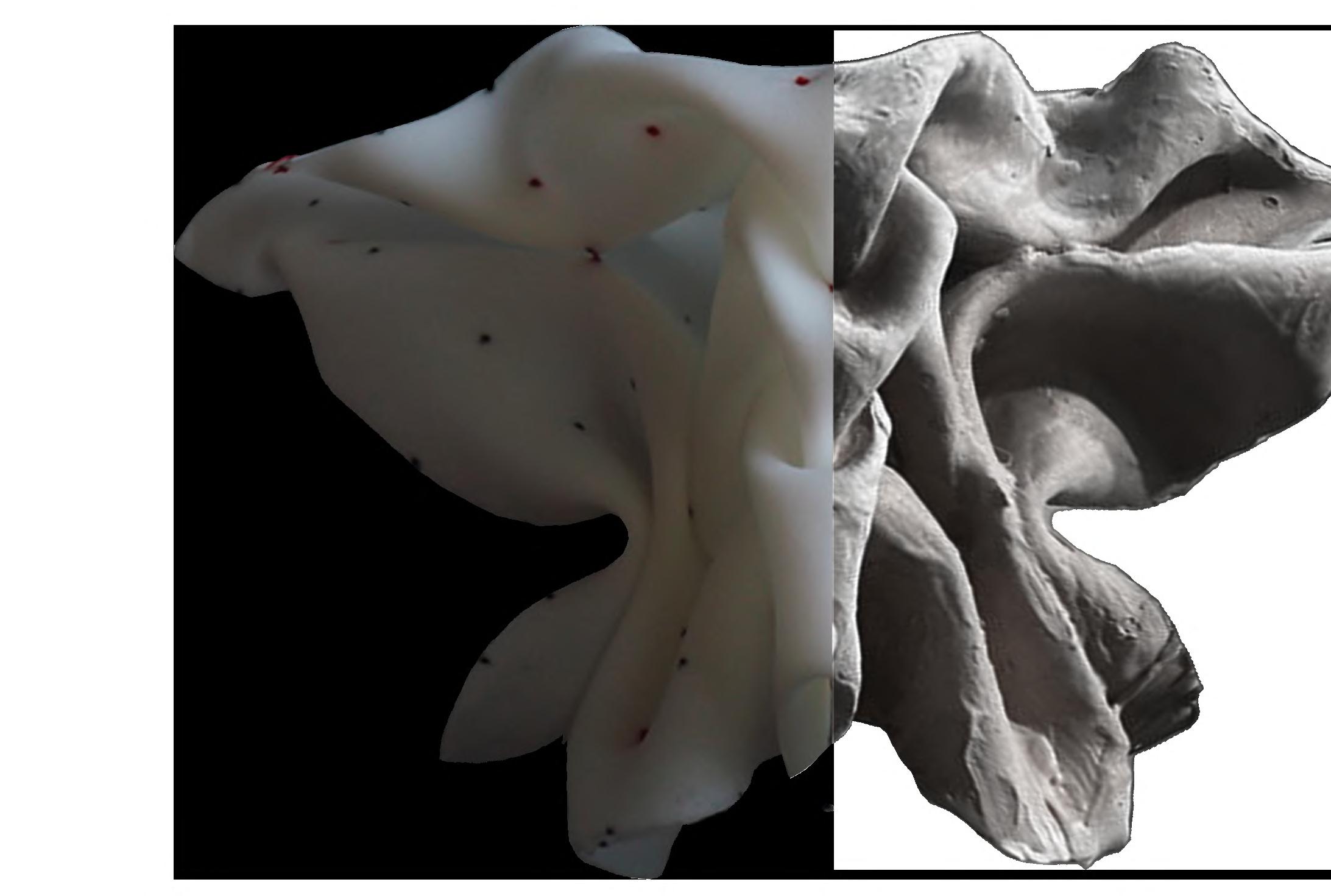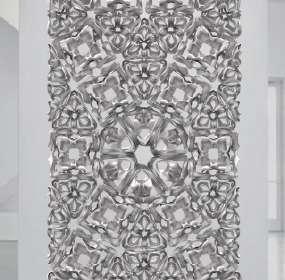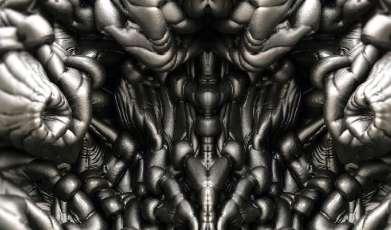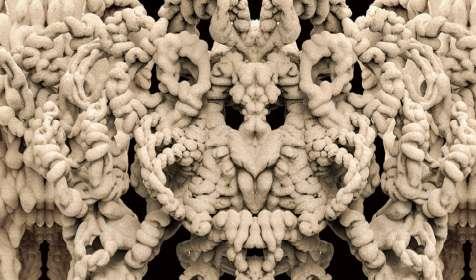
1 minute read
INTRODUCTION
The design language is often interoperable in various fields, and the use of the same elements in different fields will produce new functions and aesthetics. We defined it as properties transferring. And this project is about the properties of a material transferring to another one contrastive material.
We mainly focus on the design language of fabric transformation in fashion design, taking these common techniques in fashion design as our design vocabulary, and organizing them into our design language. Decorative textures and functional seams that are used on flat fabrics in fashion design become the primary structure in our designs, forming three-dimensional objects of different sizes, such as different sizes of chair, on a whole piece of two-dimensional fabric.
Advertisement
While exploring the morphology, we are also studying the process technology that can transfer the morphology of one material to other materials.Here we have chosen the lost wax casting that allows us to transform soft fabric into lightweight and hard metal. The aesthetics of fabrics that are not related to traditional architecture can be presented as a metal architectural language with strong material contrast.
CHAPTER 1:
INITIAL STUDIES OF MATERIALS
INTRODUCTION OF LOST WAX CASTING
INITIAL STUDIES OF MATERIALS

- Material Research
- Material testing
- Metal Casting testing
The first key point of this project is to understand the special properties of the material we need. In order to realize our theme, we selected various soft fabrics in fashion design as the research objects, took strong metal as the target, and explored the possibility of fabric shape that cannot be achieved by other materials. In the experiments, we used wax to assist the fixing of the fabric form.

Lost Forms_2018












